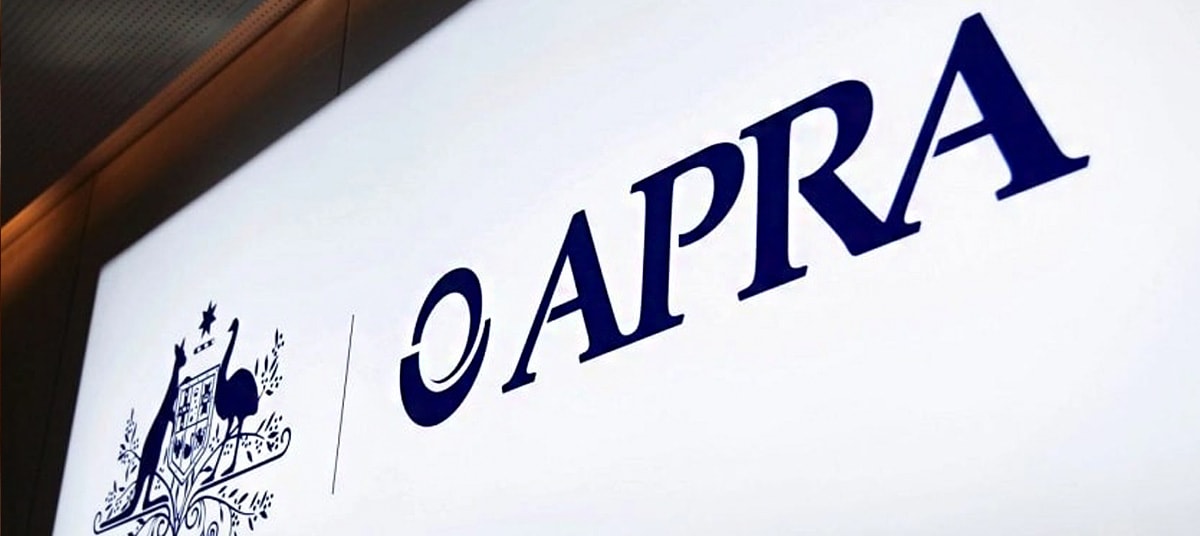
The regulator has proposed a “simpler, cleaner and more streamlined” pathway to IRB accreditation that could potentially benefit mid-sized banks.
The Australian Prudential Regulation Authority (APRA) has proposed a new pathway for banks to use the internal ratings-based (IRB) method to calculate credit risk-weighted assets and determine the amount of regulatory capital they must hold for credit risk.
Currently, banks can use two approaches to calculate risk-weighted assets.
The standardised approach sees banks use risk weights prescribed by APRA, while the IRB approach lets lenders use their own internal models.
While the IRB approach is more complex and resource-intensive – requiring data, validation, and regulator approval – it potentially gives banks more risk sensitivity and can lower capital requirements if they can show APRA their models are robust.
At the moment, the only banks to use the IRB approach are the four majors (ANZ, CBA, NAB, and Westpac), Macquarie Bank and ING Australia.
APRA notes several medium-sized banks have expressed an interest in obtaining IRB accreditation and is seeking to make this pathway more accessible.
Therese McCarthy Hockey, APRA board member, said the latest proposal represented part of its intent to strike the right balance in regulatory settings.
“Capital is the cornerstone of every bank’s financial resilience so it’s essential banks can accurately align their capital requirements with the risks they face,” she said.
“For most banks, the simpler and more conservative standardised approach to calculating risk weighted assets is the most cost-effective way for them to do this. But we recognise that a cohort of mid-sized banks have told us that gaining IRB accreditation would help them compete more effectively with the largest banks, especially for home loans.
“While we don’t intend to drop our standards, the changes we are proposing today would improve the flexibility and transparency of the accreditation process, thereby supporting banks to more confidently plan, invest and transition, should they wish to.”
What’s different?
APRA has proposed the following pathway that would allow authorised deposit-taking institutions (ADIs) to:
- Start small, selecting a single portfolio, such as residential mortgages, for the initial phase of IRB accreditation.
- Carve out a larger share of exposures from IRB accreditation.
- Fully recognise capital benefits at each stage of accreditation when core requirements are met.
- Phase in the additional IRB capital requirement.
- Phase in the use of models for interest rate risk.
- Take an extra year to complete the full accreditation process, if needed.
It will also make it easier to access some of the flexibility available under the current process and improve the accreditation throughout engagement.
However, the regulator has indicated that it does not propose to lower its standards.
APRA welcomes written submissions to the consultation paper by 19 December 2025, with a view to finalise any changes by the first half of 2026.
Mid-sized banks set to benefit: ABA
Responding to the announcement, Simon Birmingham, Australian Banking Association (ABA) CEO, said the changes would support competition and drive better customer outcomes.
“This is a practical and sensible pro‑competition step from APRA,” Birmingham said.
“When fully implemented, customers will get the benefits of stronger competition without compromising safety.
“Streamlining these rules will give smaller banks certainty so they can invest in their systems to deliver value for customers.
“At the same time, these reforms will keep capital standards strong across the industry while allowing a sensible level of flexibility.”
Birmingham also said the announcement was a welcome early step towards creating a more level playing field for small and medium-sized banks, as recommended in the Council of Financial Regulators’ (CFR) review earlier this year.
“The ABA advocated for more proportional regulation, welcomed the CFR acceptance of this principle, and is pleased to see tangible progress being made,” he added.
“We look forward to reviewing and engaging on the detail of this APRA announcement.”
[Related: APRA proposes changes to bank licensing framework]

